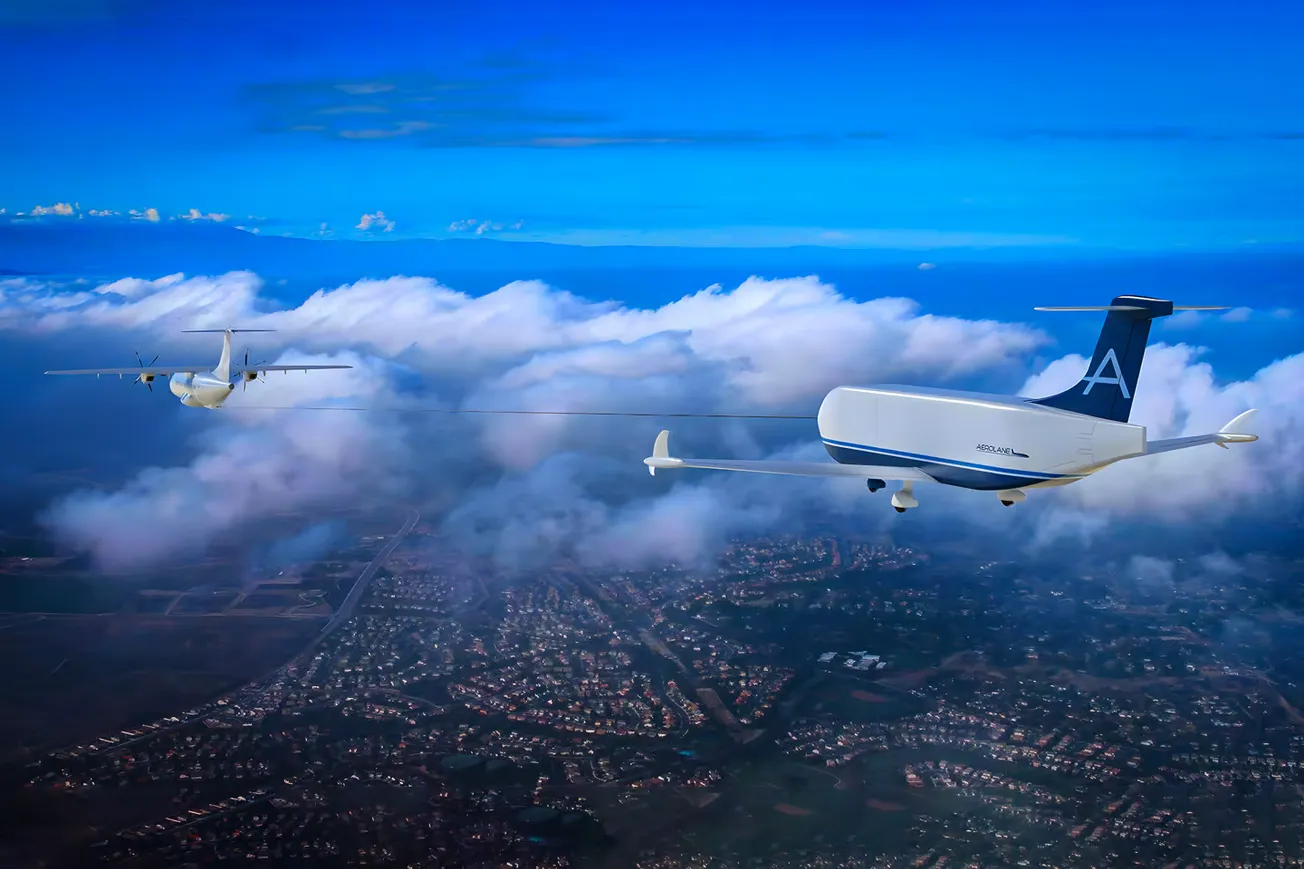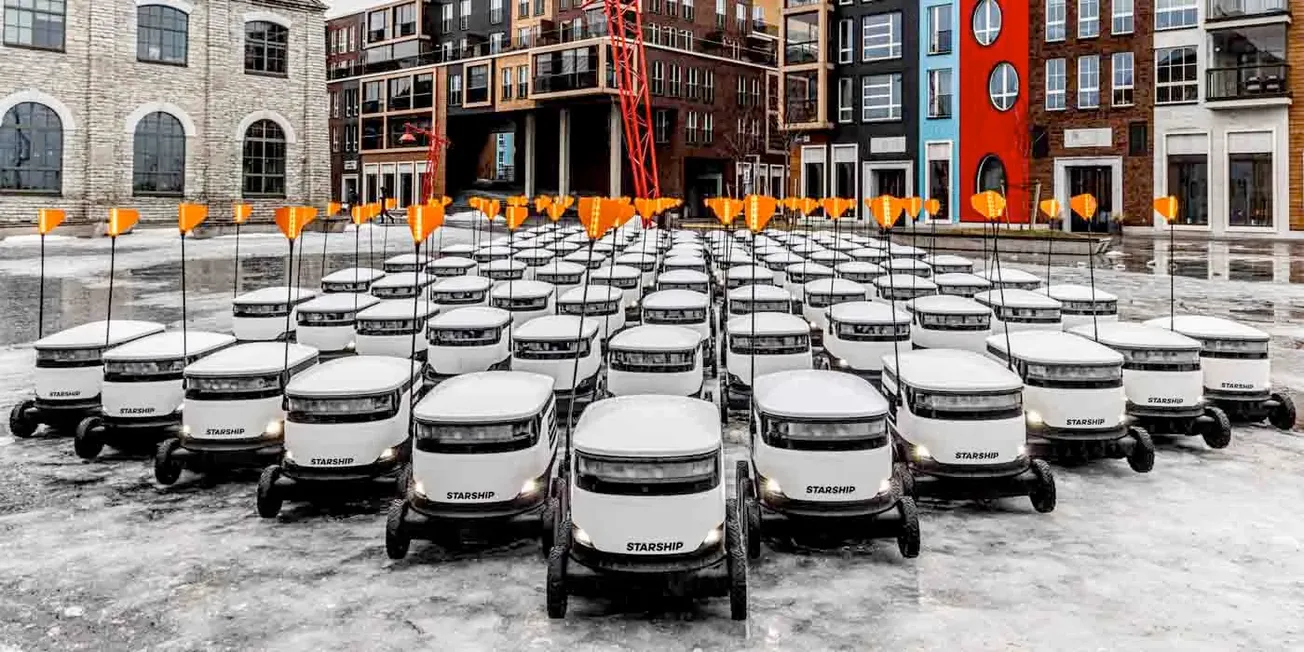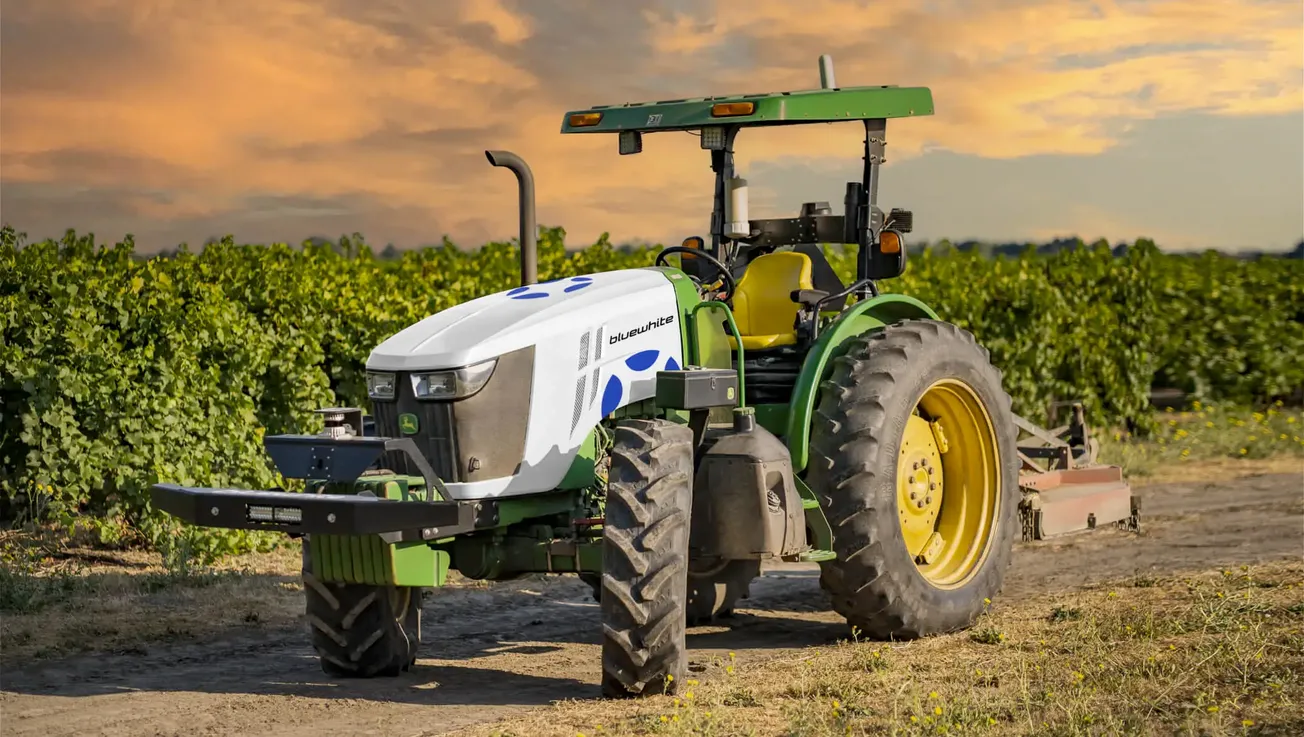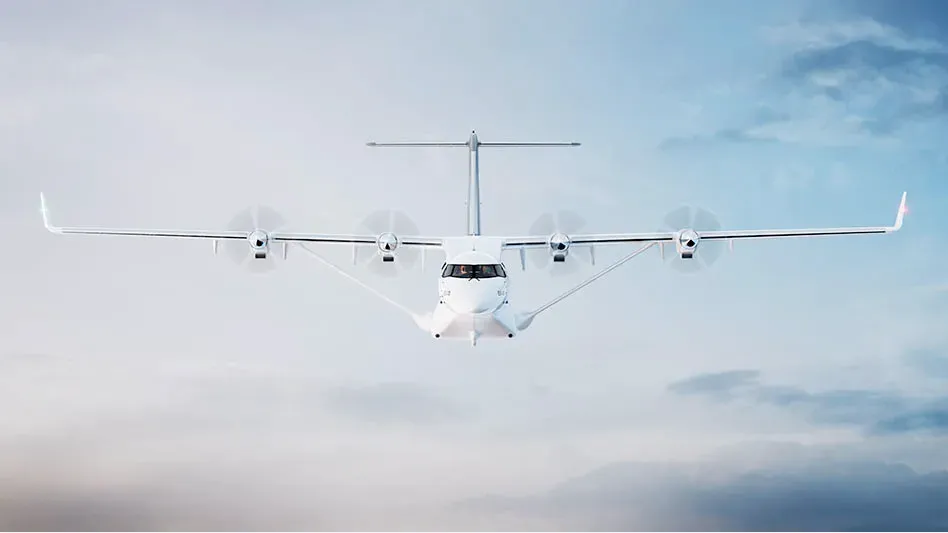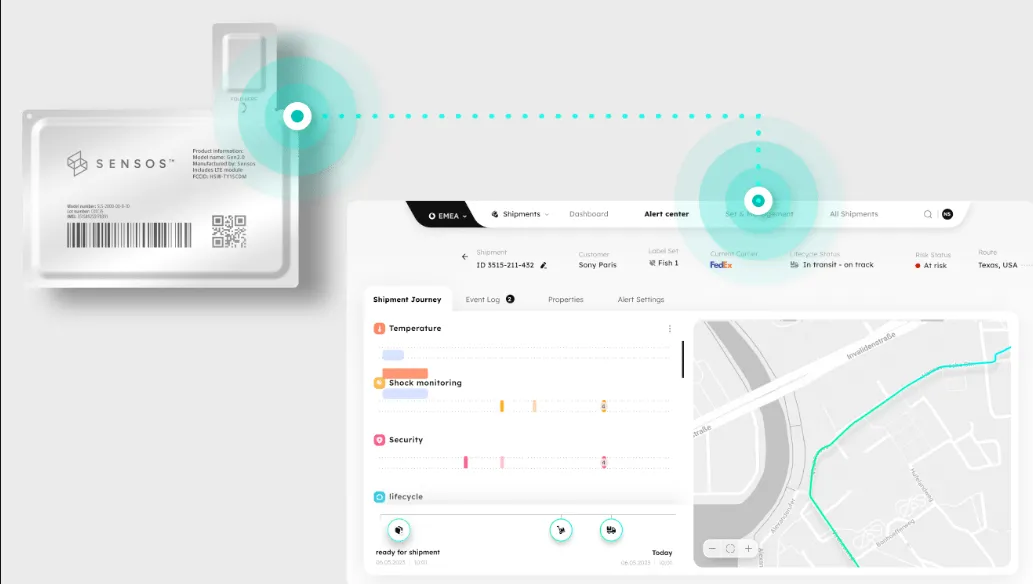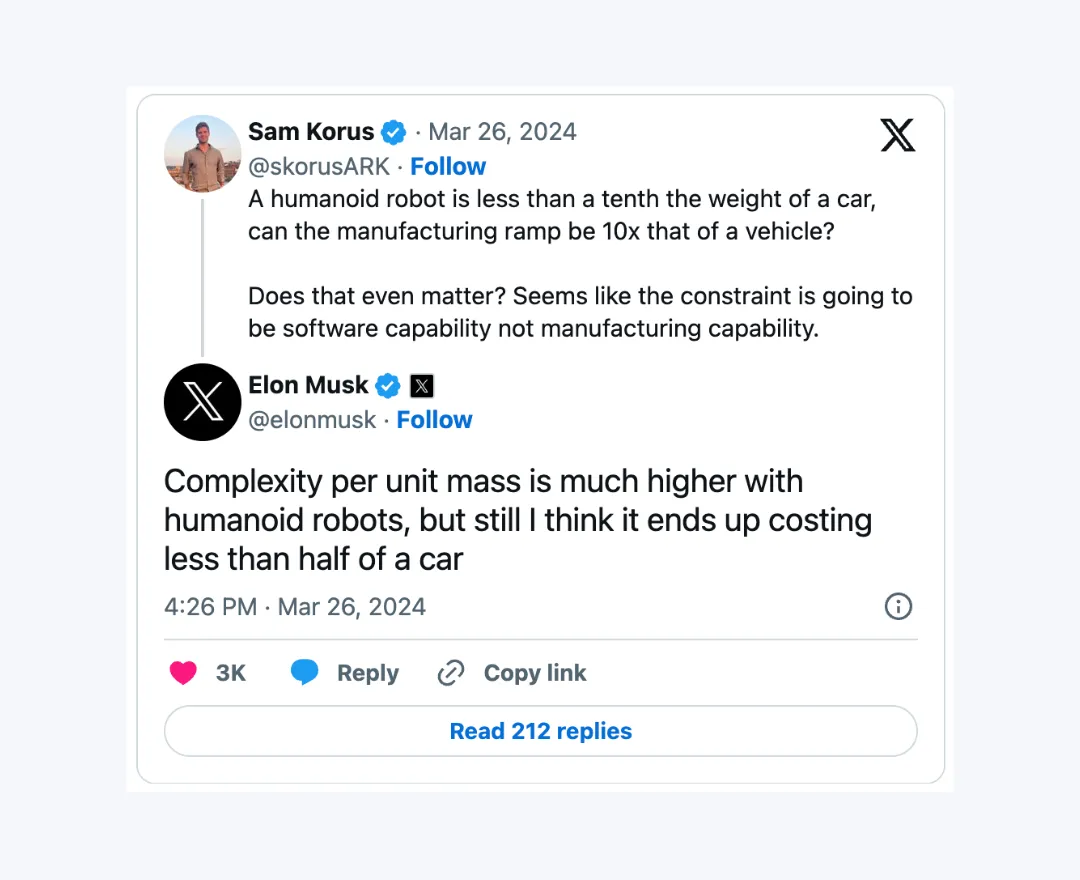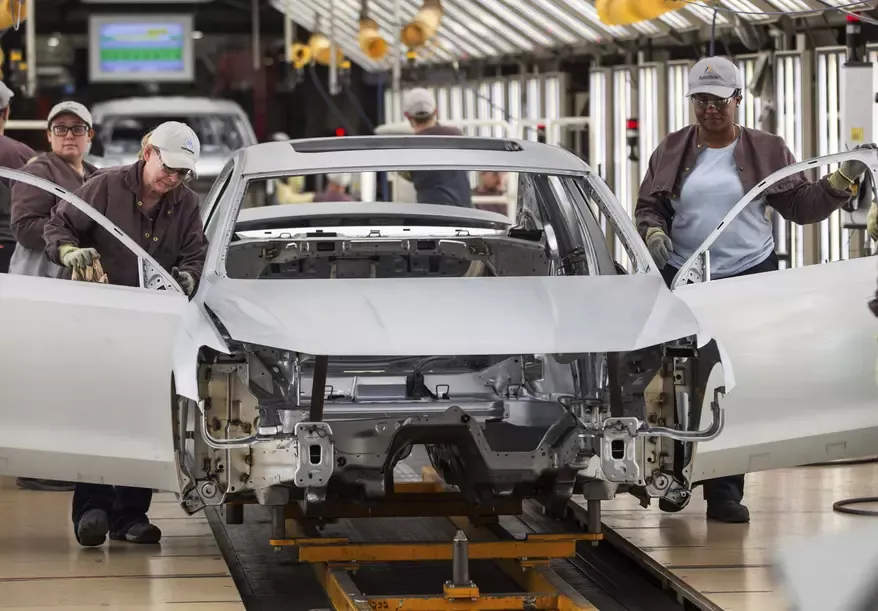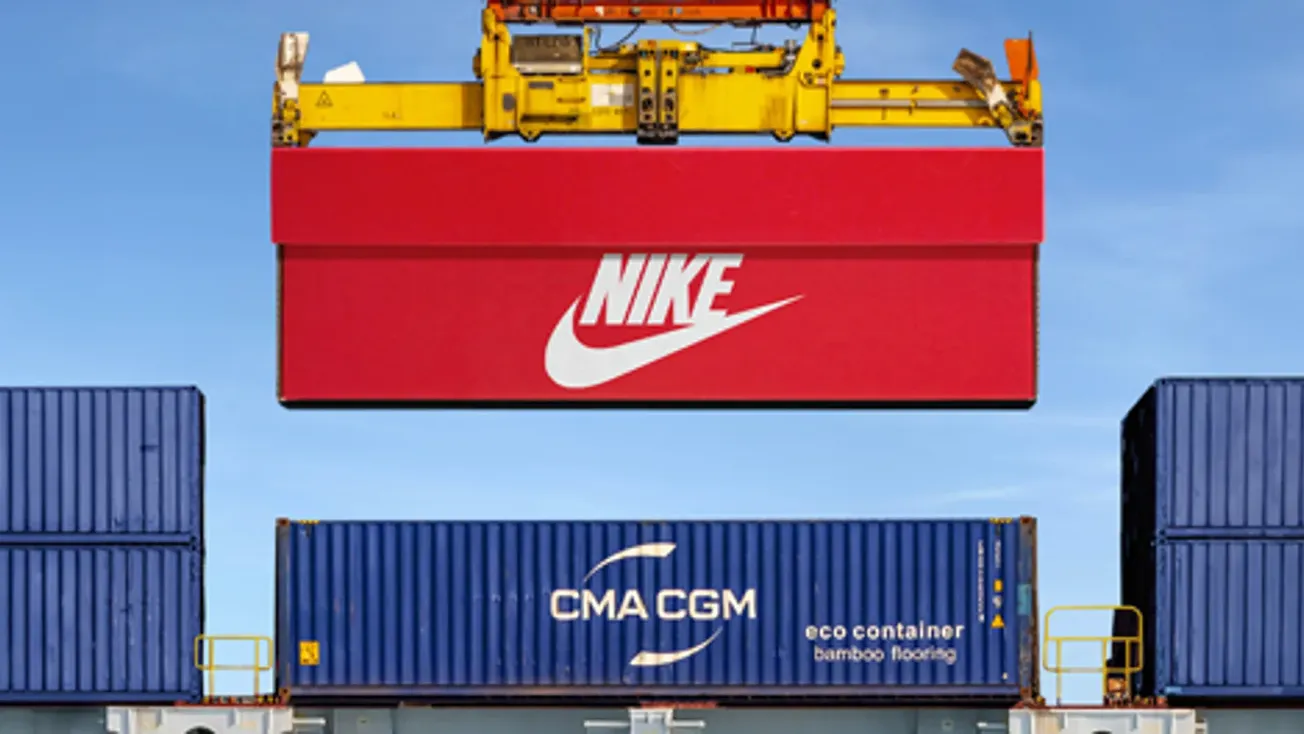Table of Contents
Aviation startup Aerolane is developing an “autonomous cargo glider”, which it says will cut air cargo costs by 65%.
Why it matters: With air cargo in high demand, any innovation that reduces costs will be a boon for the industry.
Aerolane 101: Picture hooking up a trailer with your luggage to your car and driving away. Aerolane wants to enable this, but for air cargo.
- Today, if freighters want to add capacity, they’d add another flight with another pilot. Instead, Aerolane is betting that towing a cargo airplane is a more efficient way to haul cargo.
- The startup’s glider, called Aerocart, does not need a pilot nor engine, and it can both take off and land in-tow. It has no cabin for a pilot - just space for cargo and the autonomous flight control systems that’ll run them.
Between the lines: The idea isn’t new - gliders were used during World War 2 to carry troops and equipment.
- More recently, the US Air Mobility Command test showed significant fuel savings by flying one aircraft directly behind another.
What they’re saying: “When towing Aerocarts, standard planes instantly double or triple their capacity when flying a mission," the company says.
- “Moving cargo by Aerocart uses 65% less overall operating costs per pound driven primarily by a massive reduction in fuel used when compared with flying that cargo on additional standard planes."
Yes, but… there are big hurdles ahead.
- The Texas-based startup needs Federal Aviation Administration (FAA) approval, and to win the trust of both customers and the public.
What’s next: With two glider prototypes already undergoing tests since 2022, Aerolane is in discussions with the FAA to move towards building engineless aircraft. The startup is targeting 2025 for “initial availability”.

